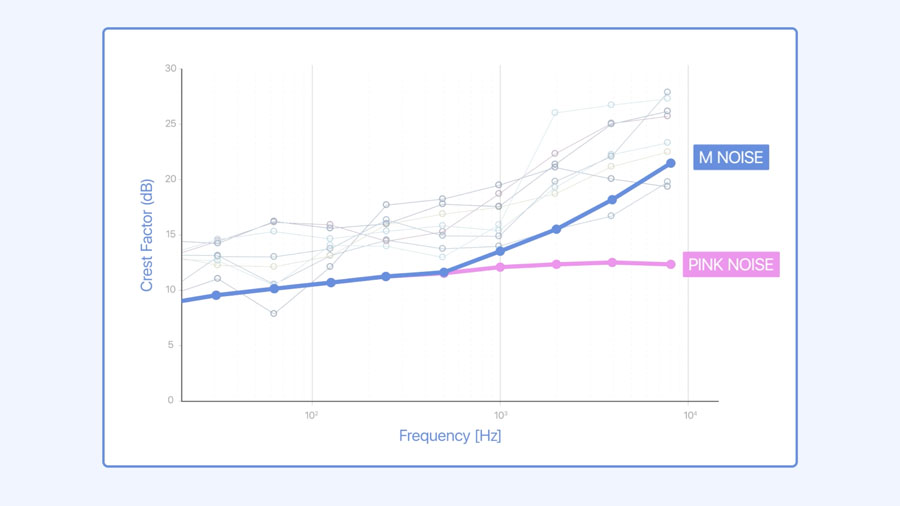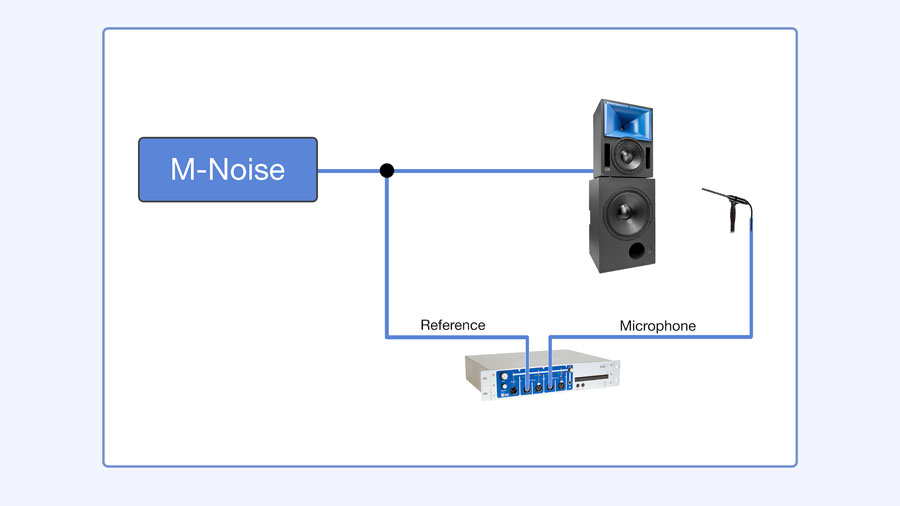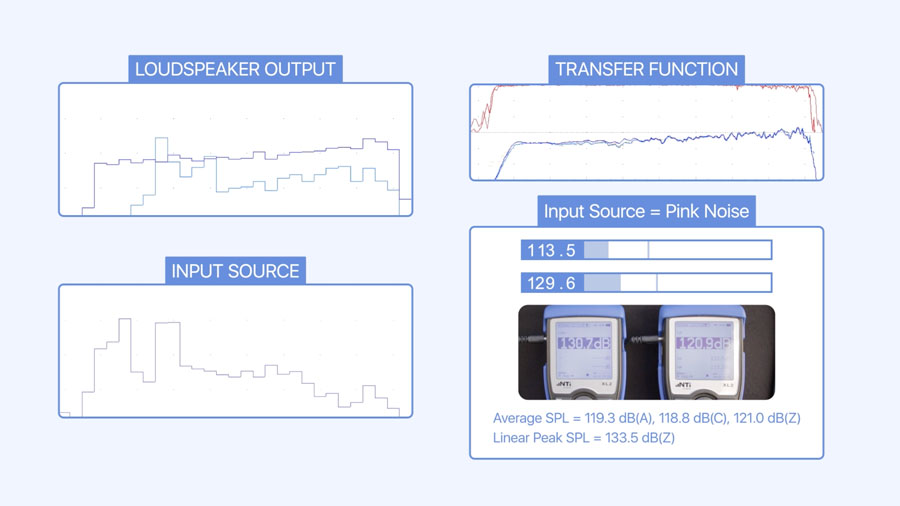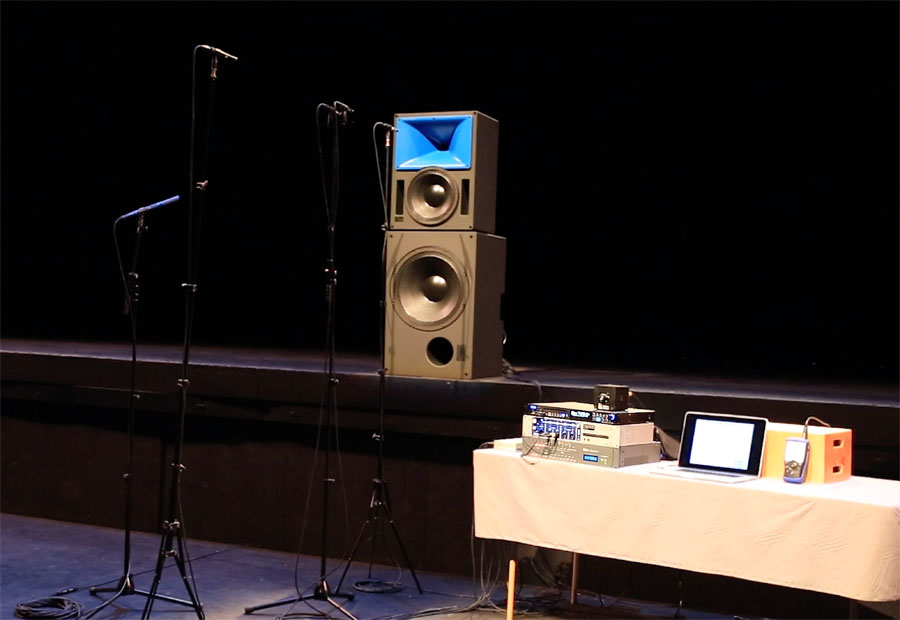Meyer Sound has introduced M-Noise, a new test signal that will promote standardized measurement of a loudspeaker system’s maximum linear output.
A mathematically derived test signal that effectively emulates the dynamic characteristics of music, M-Noise enables a far more accurate measurement of a loudspeaker system’s linear peak SPL in any application requiring reproduction of musical content.
The mathematical formula for generating M-Noise(M for Meyer or for Music?) was derived following extensive spectral analysis of a wide variety of music program material. In particular, the analysis measured the varying crest factors in music, and how these measurements compared to pink noise (crest factor is the difference between the average and instantaneous peak levels of a signal).

It was discovered that the crest factors of music and pink noise were similar at frequencies below 500 Hz, but with music exhibiting a steadily rising crest factor at higher frequencies.
For Pablo Espinosa (VP Meyer Sound) : « It’s vital to have an accurate and consistently repeatable way to measure the linear peak SPL of a loudspeaker when reproducing music. Pink noise may get you in the ballpark but you still could be off by 6 dB or more when you switch to music program.
However, if you measure your maximum level using M-Noise, following our recommended procedures, you will know for certain your real-world limit for sustained, linear and full-bandwidth music reproduction. The procedure is consistent and repeatable, and it gives you full confidence that your system will have the headroom required for accurate reproduction of dynamics without compression. »
Additional information and a free download of the M-Noise file are available on Meyer Sound’s dedicated M-Noise web site.. File format is 96 kHz WAV with a size of 10.2 MB. Playing time is 53 seconds but playback can be looped indefinitely.
Regarding videos
– A short extract (4 minutes) sums up the solution provided by M-Noise.
– For audio professionals who want more background, “M-Noise: A New Test Signal” (8 minutes) explains the fundamental concepts behind pink noise, demonstrates the different crest factor characteristics of music and pink noise, and reviews the methodology behind deriving M-Noise.
– The third video “M-Noise: Practical Use” (14 minutes) describes the measurement equipment (source player, analyzer and measurement microphone) required to effectively use M-Noise, and details the step-by-step procedure for precisely determining the linear peak SPL of a loudspeaker system.
– Finally the video “Real World SPL” (6 minutes) serves as a prerequisite to watch before the two technical videos.

The principle is: recording the transfer function of the system in linear activity, then pushing the level up until the transfer function if distorted in one or several areas of the bandwith (compared to the reference one), and write down the average and crest levels at this very moment.

To obtain reliable measurements with maximum coherence and correlation between the output signal and the measured signal, it is necessary to free oneself as much as possible from reflections and noises during the placement, which implies a test microphone at relative close distance (except in an anechoic chamber), and of course from any distorsion in the measurement chain. The microphone and its pre-amplifier, to begin with, must be able to accept very loud SPLs with very minimal distorsion, and of course not exceed the admissibles values of the analyser, to obtain function values not altered by the measurement process.
The accuracy and consistency of results will depend on the type and quality of the test equipment (as specified in the video) and adherence to the proper measurement procedures.
M-Noise was introduced to many audio professionals as a concluding point of the Heyser Memorial Lecture by President and CEO John Meyer at the 145th AES Convention in New York last fall.
More information on the Meyer Sound Website.









